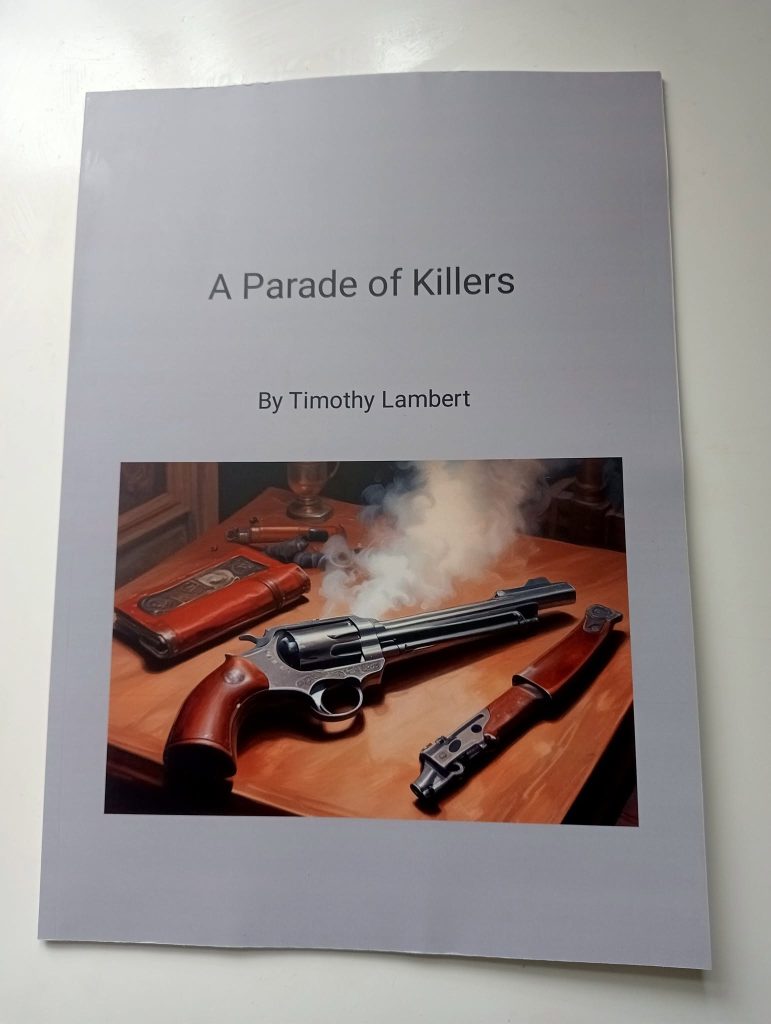By Timothy Lambert
I have written a book about true crime. It’s called Here Come the Murderers! It’s a look at some infamous murder cases from the 18th century to the 1960s. It includes murderers such as Catherine Hayes, who was burned for murdering her husband in 1726, and Mary Blandy, who poisoned her father. I also included Catherine Wilson, who used orchids to poison people and was the last woman to be hanged in public in London.
I also wrote about the murder of Fanny Adams in Alton, Hampshire, in 1867, and the notorious poisoner Mary Ann Cotton. Other murder cases include The Bloody Benders, who murdered and robbed people in Kansas in the 1870s, and Jack the Ripper.
I included the New Orleans Axeman, an unknown serial killer, and the Blossom Alley Tragedy, an unsolved murder in Portsmouth in 1923. I included Fritz Haarmann, the Butcher of Hanover, and Peter Kurten, the Vampire of Düsseldorf.
Other famous murder cases from that time include Sydney Fox, who murdered his mother in 1929, and Alfred Rouse, who killed an unknown man in 1930. Another famous case from the 1930s is the Shark Arm Case in Sydney, which occurred in 1935.
Another case is Gordon Cummins, the Blackout Ripper, who killed women in 1942. I also described the case of Elizabeth Short, the Black Dahlia, who was the victim of an unsolved murder in Los Angeles in 1947. And I wrote about Jack the Stripper, an unidentified murderer of the early 1960s.
Some murderers were hanged or guillotined, but unfortunately, some were never caught.
If you like true crime, you can buy my book from Lulu.com.
A Parade of Killers
I wrote a second book about true crime. This book includes infamous murderers like George Joseph Smith, the brides in the bath murderer, Haigh, the acid bath murderer, and Christie, the strangler of 10 Rillington Place. It also includes Ruth Ellis, the last woman to be hanged in Britain. I also include some less well-known but interesting cases, such as the Brighton Trunk Murder of 1934 and Guenther Podola, the last person in Britain to be hanged for murdering a policeman. You can purchase it online.
